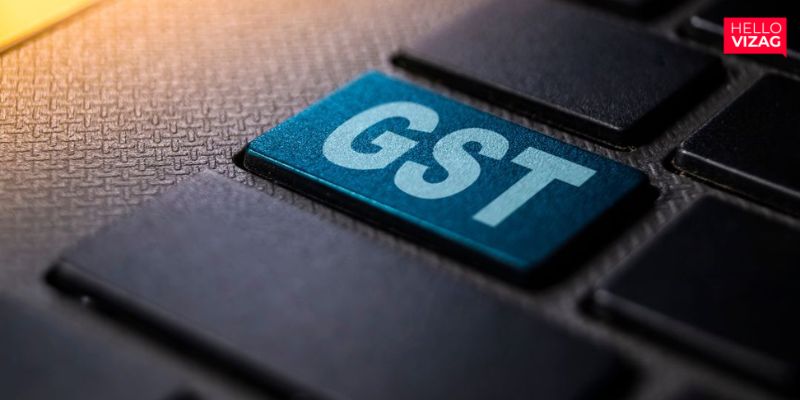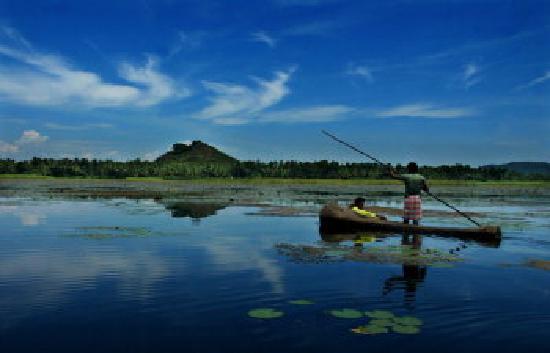Visakhapatnam and its Buddhist Heritage
Going back in time, Visakhapatnam was once under the rule of King Ashoka, and Buddhist activities can still be found here. After Emperor Ashoka won the great battle of Kalinga, the famous Buddhist sites in and around Visakhapatnam are known to have been part of Kalinga territory. These sites are said to have been built by King Ashoka after he converted to Buddhism. Famous Buddhist sites in the area include Thotlakonda, Bavikonda, Bojjannakonda, and Pavuralakonda, which were home to many Buddhist monks during the period. These locations have been designated as UNESCO World Heritage Sites.
Thotlakonda Buddhist Complex (which dates back to the 2nd century BCE): It is located approximately 15 kilometres from Visakhapatnam. The hill is about 128 metres long, and Buddhist stupas and constructions were discovered on top of it. This location is well-known for its monastery complex, and the view it provides is serene. During an aerial survey, the Indian Navy discovered Buddhist stupas in Thotlakonda, and excavations were conducted by the Archaeology Department from 1988 to 1993. Excavations revealed the existence of a Buddhist complex that thrived over 2,000 years ago. There is a tank to the south of the complex where water is stored for use in the monastery. The complex also served as a religious and academic centre, as well as a storage facility for food, clothing, and medicines. Nikaya Buddhism may have been practised here, based on symbols such as padukas and other material items discovered during the excavation.
Bavikonda Buddhist Complex (which dates back to the 3rd century BCE): This site was excavated to reveal a large Buddhist complex. It is 13 kilometers from Visakhapatnam and approximately 130 meters above sea level. Bavikonda means "many wells" in Telugu, and there are many wells here that were known to be used for storing water during that time period. A piece of bone discovered in an urn during the excavations is thought to be Buddha's remains. Inscriptions, pottery, bricks, coins, and other 3rd-century items were also discovered. The Mahastupa, the Votive Stupa, and other stupas can be found here. Bojjannakonda (dates between the 4th and 9th centuries A.D.): Bojjannakonda is a Buddhist rock-cut cave on adjoining hillocks near Anakapalle in Visakhapatnam. Bojjana Konda is located on the crest of an eastern hill in Sankaram village. There is a main cave with sixteen pillars, and monolithic stupas surround rock-cut platforms with the maha stupa. The image of the Buddhist goddess Hariti can be found at the foot of the Bojjana Konda. The hill is made up of six rock-cut caves, each of which has been sculpted in its own unique way. It exemplifies Buddhist architecture. These caves, which contain Buddhist sculptures, are a visual feast. Pavurallakonda (dates between the 3rd century BCE and the 2nd century CE): Pavurallakonda is the local name for a hill near Bheemunipatnam known as Narasimhaswamy Konda. It is situated approximately 150 meters above the sea level. Pavurallakonda is one of the largest Buddhist monasteries in the North Coastal Andhra Region, consisting of a ruined hilltop Buddhist monastic complex. Hinayana Buddhism could have thrived here. Many relics were discovered during the initial excavation of this site. There are two Brahmi label inscriptions among the ruins, as well as the foundations of viharas, circular chaityas, votive stupas, halls, and so on. The state archaeology department of Andhra Pradesh recovered coins, polished ware, beads, and other artifacts from the site. Nearly sixteen rock-cut cisterns are carved for the storage of rainwater.

 Praveena M
Praveena M




















